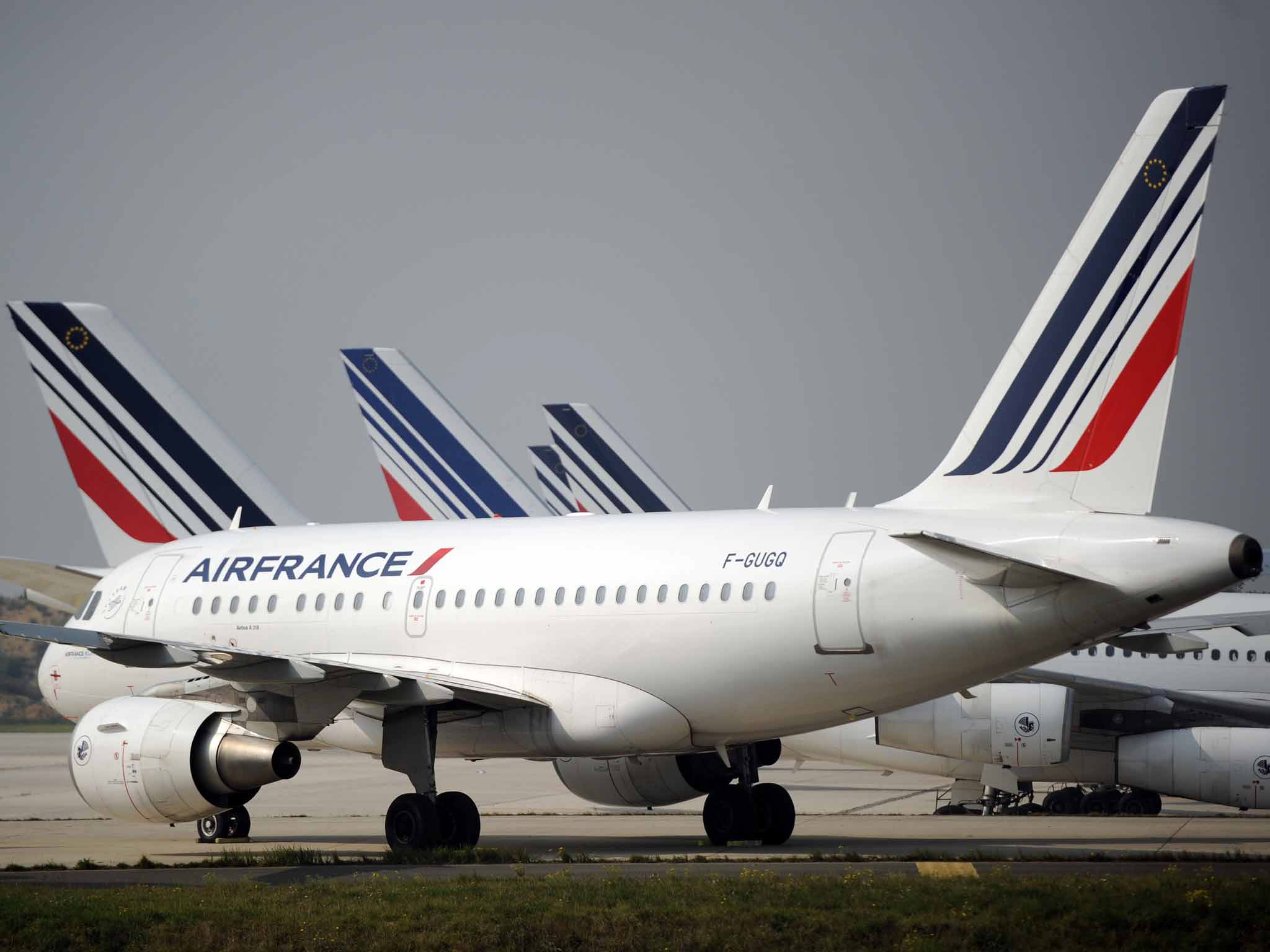What's the French for flying sardines?
The man who pays his way

Much in aviation is predictable. Want a long-haul flight? Whether you are aiming for New York, Hong Kong or Johannesburg, the chances are that the fares on different airlines for the same dates will be closely aligned. British Airways, Virgin Atlantic and their foreign rivals are likely to charge very similar prices for non-stop flights. Nothing to do with price-fixing, just the reality that if an airline charges significantly less than the market rate then it will be squandering potential revenue, and if fares are above the going rate, passengers will go to rival airlines.
If you are prepared to surrender the convenience of a non-stop flight and change planes en route, you can save substantially: perhaps £100 on a transatlantic flight, more for longer trips, which many of us regard as worthwhile.
Sometimes, though, one airline is way out of line with the market. On a trip to Mumbai, Kuwait Airways was £100 cheaper than the next-best one-stop from Heathrow, so I gladly accepted a dry flight and a long wait in the Gulf.
For my flight to Cuba to research 48 Hours in Havana, demand was so strong that Virgin Atlantic's twice-weekly 747 from Gatwick was sold out, while options via Madrid were coming in at £1,250 return. So, I asked the specialist agent, Journey Latin America to look for a better deal. The firm found a Heathrow-Havana return for £875 on Air France. Surely there was a catch, besides the obligation to transit Paris?
Well, having experienced the trip I understand a bit more about the French airline. It seems to me that Air France pilots think they work for a high-class enterprise comparable to the gourmet Fauchon store, while from the passenger's perspective a trip to the Caribbean feels more like the Lidl of long-haul flying.
Much is to be admired about the French airline. I like, for example, the old-school practice of displaying a notice at the departure gate with information on everything from the name of Votre commandant de bord (the captain) to the Nombre de sieges (number of seats).
I was confident that Captain Bidault would get us safely across the Atlantic, even if en retard by an hour or so, but I was astonished by the number of seats aboard the Boeing 777-300. The code "C14 W32 M422" refers to the number of seats in business, premium economy and economy. Added together, this single-deck, three-class plane packs in 468 passengers.
Air New Zealand flies the same jet, with the same classes, with only 332 seats. So, Air France squeezes in 41 per cent more passengers. One reason is that it has smaller business and premium-economy cabins. But the French airline also packs the cheap seats more tightly. On a nine or 10-hour flight, you become painfully aware of that lack of space, and start yearning for an Airbus A380; BA has only one more seat on its "SuperJumbo" than Air France fits into a 777.
I will fly Air France again, if the price is right. But the premium I would pay for choosing a rival increased for every minute I was on the homeward flight from Havana. I don't agree with everything that Air France's boss, Alexandre de Juniac, says, but I hope his promise this week comes true: "We must continue the move upmarket of all our products and services."
Doubling up to Dublin
Earlier this year, Air France sold off CityJet, its loss-making subsidiary that is headquartered in Dublin but has its main base at London City airport. Until this weekend CityJet has enjoyed a monopoly between the Docklands airport and the Irish capital, with seven flights a day each way. From Monday, though, it gains not one but two competitors, British Airways will despatch five flights a day on the London City-Dublin route, and Flybe four. So has CityJet responded by reducing its operation? No, it is doing the opposite, adding two more services a day. Starting on Monday, the number of departures from London City to Dublin soars by 257 per cent.
In order for the route to attract 257 per cent more passengers, travellers who normally fly to and from the Irish capital from London's other airports (Heathrow, Gatwick, Luton and Stansted, not forgetting plucky Southend) will need to be enticed to Docklands. This has all the makings of another great Irish Sea fares war.
At the tail end of the 20th century, it was almost impossible to pay more than £5 each-way between Glasgow and Belfast as easyJet and Go went head to head. Then, in 2006, someone at easyJet decided that what the world needed was more no-frills competition to Ireland, and it launched links from Gatwick to Cork, Shannon and Knock. Ryanair took it personally, and after 20 months of both airlines charging fares below break-even, easyJet abandoned the Republic.
All's fair in a fares war
The same destruction of shareholder value looks likely for the next few months between London City and Dublin. BA charges a minimum of £111 return from Heathrow to the Irish capital, but from London City it is selling thousands of seats at just £80 return. For trips originating in Dublin, CityJet has brought back the Apex ticket – book at least two months ahead, and you can pay as little as €87, less than £70. While you could fly on Ryanair for a lot less, CityJet's fare includes "complimentary snacks and drinks, luxury leather seats with ample leg room [and] a free 23kg checked-in bag allowance". More appealing than Air France's long-haul to Havana, then. For anyone starting in South-east England, this is the winter to visit Dublin.
Join our commenting forum
Join thought-provoking conversations, follow other Independent readers and see their replies
Comments